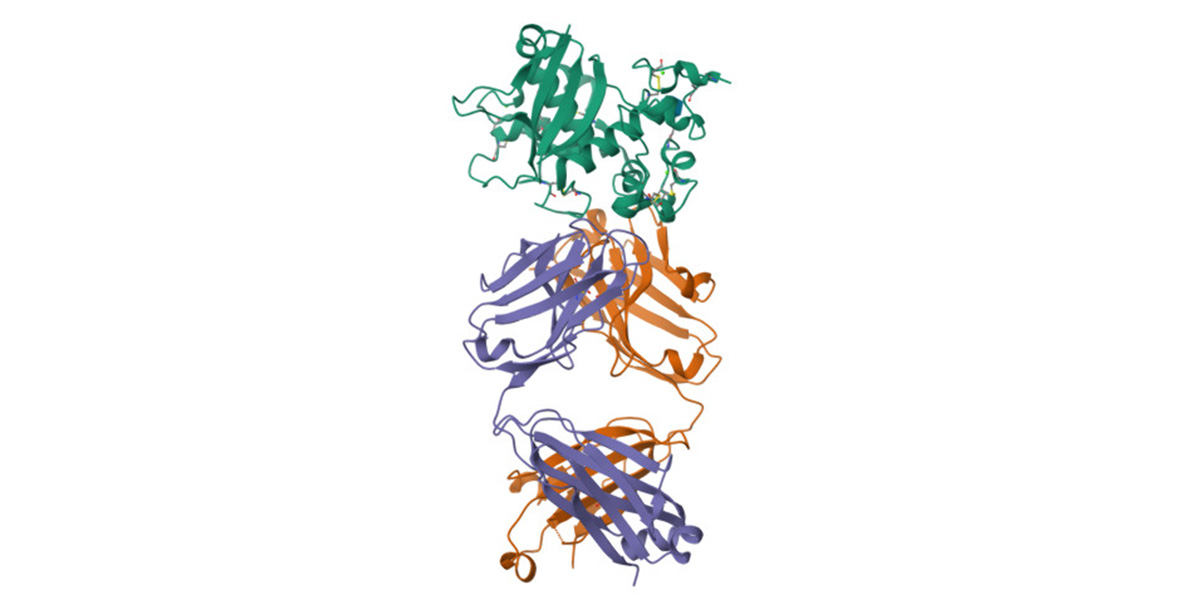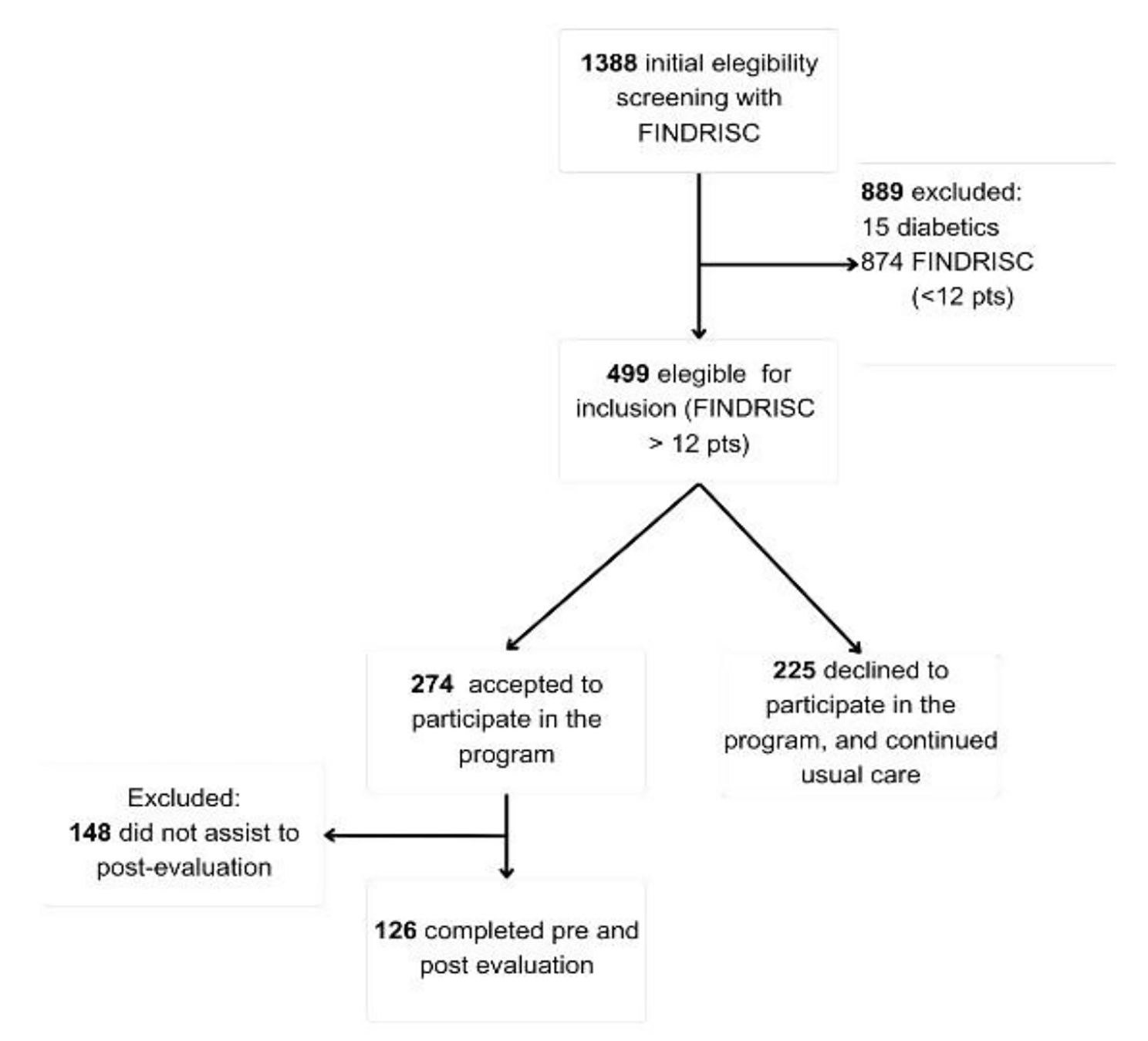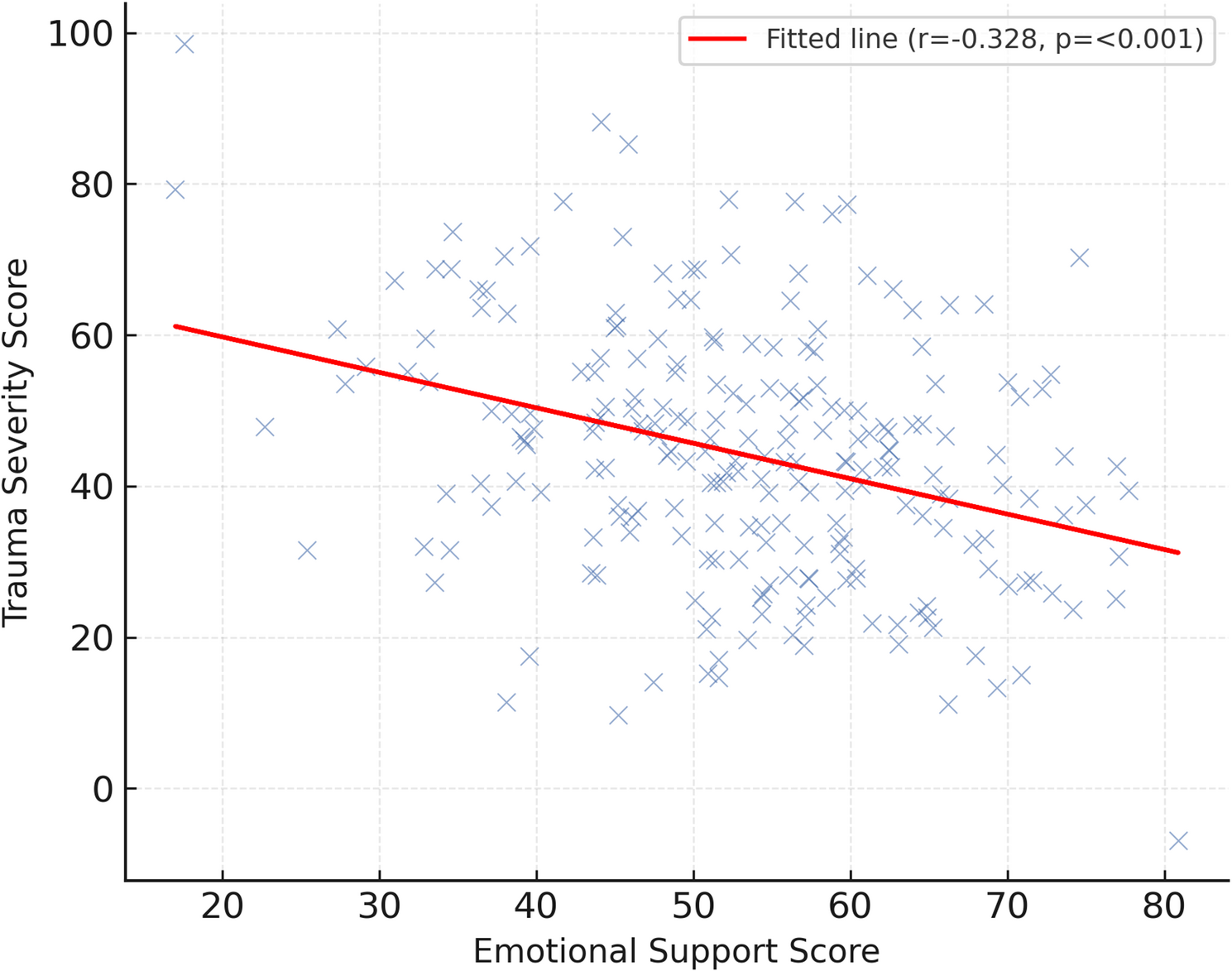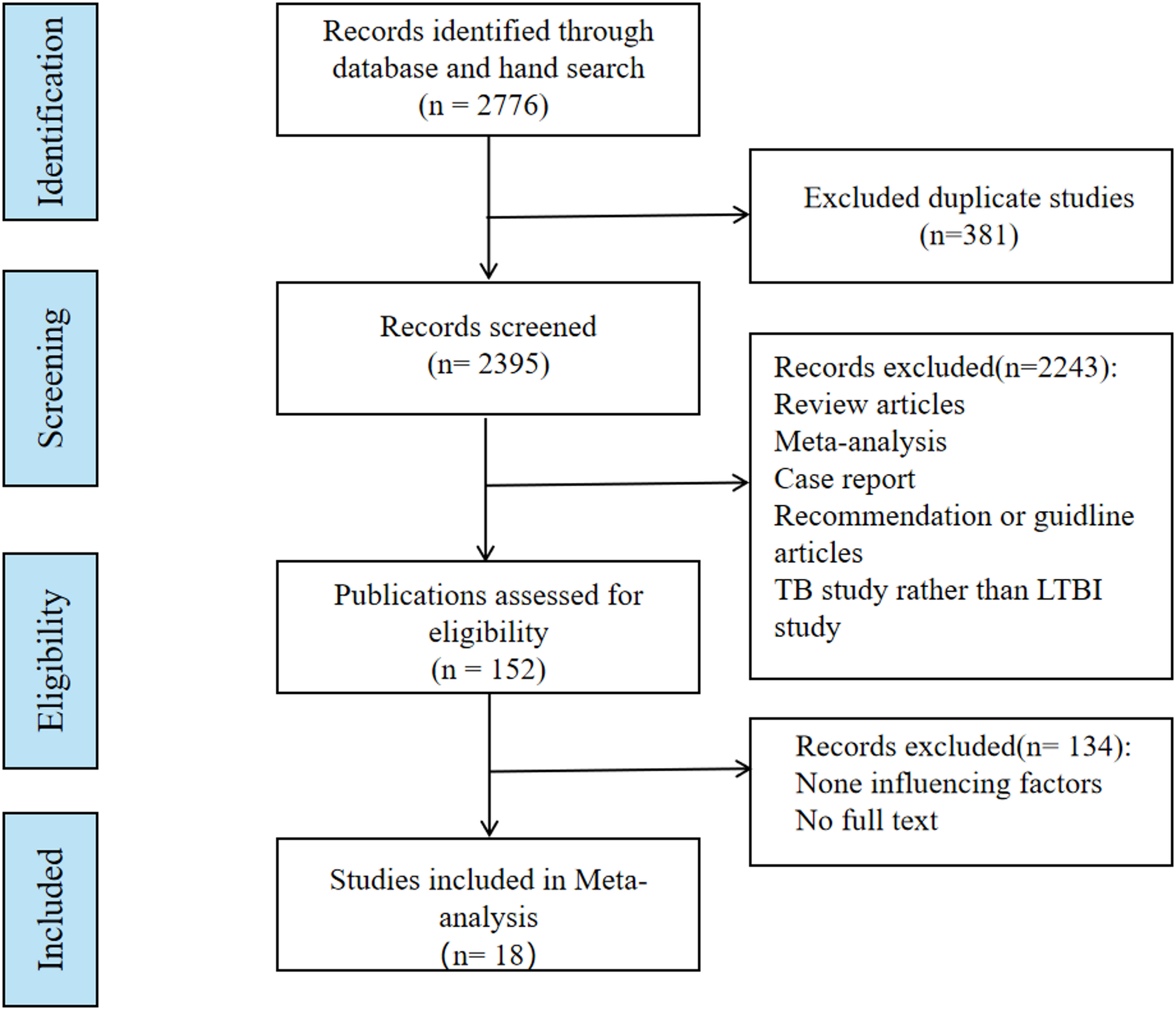ElSayed NA, Aleppo G, Aroda VR, Bannuru RR, Brown FM, Bruemmer D, et al. 3. Prevention or delay of diabetes and associated comorbidities: Standards of care in diabetes—2023. Diabetes Care. 2023;46(Supplement1):S41–8.
PubMed
Google Scholar
Rodriguez-Gutierrez R, Gonzalez-Gonzalez JG, Zuñiga-Hernandez JA, McCoy RG. Benefits and harms of intensive glycemic control in patients with type 2 diabetes. BMJ. 2019;l5887.
International Diabetes Federation. Diabetes Atlas, 11th edition. 2025.
Sánchez A, Molina G, Mora E, Astudillo M, Molina F, Estévez K. Prevalencia de diabetes y factores asociados, encuesta Nacional. Cuenca; 2024.
Yeboah J, Bertoni AG, Herrington DM, Post WS, Burke GL. Impaired fasting glucose and the risk of incident diabetes mellitus and cardiovascular events in an adult population. J Am Coll Cardiol. 2011;58(2):140–6.
PubMed
PubMed Central
Google Scholar
Sampson M, Clark A, Bachmann M, Garner N, Irvine L, Howe A, et al. Lifestyle intervention with or without Lay volunteers to prevent type 2 diabetes in people with impaired fasting glucose and/or nondiabetic hyperglycemia. JAMA Intern Med. 2021;181(2):168.
PubMed
Google Scholar
Koeder C, Anand C, Husain S, Kranz RM, Schoch N, Alzughayyar D, et al. Exploratory analysis of the effect of a controlled lifestyle intervention on inflammatory markers – the healthy lifestyle community programme (cohort 2). BMC Nutr. 2023;9(1):25.
PubMed
PubMed Central
Google Scholar
Orsi E, Penno G, Solini A, Bonora E, Fondelli C, Trevisan R, et al. Independent association of atherogenic dyslipidaemia with all-cause mortality in individuals with type 2 diabetes and modifying effect of gender: a prospective cohort study. Cardiovasc Diabetol. 2021;20(1):28.
PubMed
PubMed Central
Google Scholar
Krisnadewi KI, Kristina SA, Endarti D, Andayani TM. Health interventions and its impact on outcomes among diabetic patients: A systematic review. Pharm Sci Asia. 2022;49(4):294–301.
Google Scholar
Diabetes Prevention Program (DPP) Research Group. The diabetes prevention program (DPP). Diabetes Care. 2002;25(12):2165–71.
Google Scholar
Crandall JP, Dabelea D, Knowler WC, Nathan DM, Temprosa M, Bray GA et al. The diabetes prevention program and its outcomes study: niddk’s journey into the prevention of type 2 diabetes and its public health impact. Diabetes Care. 2025.
Knowler WC, Doherty L, Edelstein SL, Bennett PH, Dabelea D, Hoskin M et al. Long-term effects and effect heterogeneity of lifestyle and Metformin interventions on type 2 diabetes incidence over 21 years in the US diabetes prevention program randomised clinical trial. Lancet Diabetes Endocrinol. 2025.
Peña A, Olson ML, Hooker E, Ayers SL, Castro FG, Patrick DL, et al. Effects of a diabetes prevention program on type 2 diabetes risk factors and quality of life among Latino youths with prediabetes. JAMA Netw Open. 2022;5(9):e2231196.
PubMed
PubMed Central
Google Scholar
Van Name MA, Camp AW, Magenheimer EA, Li F, Dziura JD, Montosa A, et al. Effective translation of an intensive lifestyle intervention for Hispanic women with prediabetes in a community health center setting. Diabetes Care. 2016;39(4):525–31.
PubMed
PubMed Central
Google Scholar
Schunk DH, DiBenedetto MK. Learning from a social cognitive theory perspective. International encyclopedia of education: fourth edition. Elsevier; 2022. pp. 22–35.
Abdi S, Sadiya A, Ali S, Varghese S, Abusnana S. Behavioural lifestyle intervention study (BLIS) in patients with type 2 diabetes in the united Arab emirates: A randomized controlled trial. BMC Nutr. 2015;1(1):37.
Google Scholar
Hawkes RE, Miles LM, French DP. The theoretical basis of a nationally implemented type 2 diabetes prevention programme: how is the programme expected to produce changes in behaviour? Int J Behav Nutr Phys Activity. 2021;18(1).
Brauer P, Royall D, Li A, Rodrigues A, Green J, Macklin S, et al. Key process features of personalized diet counselling in metabolic syndrome: secondary analysis of feasibility study in primary care. BMC Nutr. 2022;8(1):45.
PubMed
PubMed Central
Google Scholar
Muhammad EA, Shewarega ES, Baffa LD, Fentie EA, Belew AK, Mengistu B, et al. Dietary practice and associated factors among patients with type 2 diabetes mellitus in the Horn of africa: a systematic review and meta-analysis. BMC Nutr. 2025;11(1):81.
PubMed
PubMed Central
Google Scholar
Cedillo M, Miller MN, Conroy MB, Estabrooks P, Molina IT, Portugal-Bouza G et al. Abstract P132: Paso a paso, designing a culturally relevant diabetes prevention intervention for hispanic/latino (H/L) people that adheres to evidence based, diabetes prevention program (DPP) intervention principles in the hispanic/latino (H/L) community of salt lake County. Circulation. 2024;149(Suppl_1).
Chow JY, Geng L, Bansal S, Dickens BSL, Ng LC, Hoffmann AA, et al. Evaluating quasi-experimental approaches for estimating epidemiological efficacy of non-randomised field trials: applications in wolbachia interventions for dengue. BMC Med Res Methodol. 2024;24(1):170.
PubMed
PubMed Central
Google Scholar
Cunningham-Erves J, Mayo-Gamble TL, Hull PC, Lu T, Barajas C, McAfee CR, et al. A pilot study of a culturally-appropriate, educational intervention to increase participation in cancer clinical trials among African Americans and Latinos. Cancer Causes Control. 2021;32(9):953–63.
PubMed
PubMed Central
Google Scholar
Ramirez AG, Chalela P. Equitable representation of Latinos in clinical research is needed to achieve health equity in cancer care. JCO Oncol Pract. 2022;18(5):e797–804.
PubMed
PubMed Central
Google Scholar
Alvear Durán S, Sanchez-del-Hierro G, Gomez-Correa D, Enriquez A, Sanchez E, Belec M, et al. A pilot of a modified diabetes prevention program in quito, Ecuador. J Osteopath Med. 2021;121(12):905–11.
PubMed
Google Scholar
Heisler M, Kaselitz E, Rana GK, Piette JD. Diabetes prevention interventions in Latin American countries: a scoping review. Curr Diab Rep. 2016;16(9):80.
PubMed
PubMed Central
Google Scholar
Handley MA, Lyles CR, McCulloch C, Cattamanchi A. Selecting and improving Quasi-Experimental designs in effectiveness and implementation research. Annu Rev Public Health. 2018;39(1):5–25.
PubMed
PubMed Central
Google Scholar
IPAQ Group. IPAQ scoring protocol – International Physical Activity Questionnaire [Internet]. 2022 [cited 2019 Aug 7]. Available from: https://sites.google.com/site/theipaq/scoring-protocol
Craig CL, Marshall AL, Sjöström M, Bauman AE, Booth ML, Ainsworth BE, et al. International physical activity questionnaire: 12-country reliability and validity. Med Sci Sports Exerc. 2003;35(8):1381–95.
PubMed
Google Scholar
Ministerio de Salud Pública del Ecuador. Diabetes mellitus tipo 2. Guía de Práctica Clínica (GPC) [Internet]. Quito: Dirección Nacional de Normatización. 2017. Available from: https://www.salud.gob.ec/wp-content/uploads/2019/02/GPC_diabetes_mellitus_2017.pdf
SD Biosensor, Healthcare. PVT.LTD. https://www.sdbiosensor.co.in/index.php. SD Biosensor. Chronic disease.
Yun K, Choi J, Song IU, Chung YA. Smartphone-Based Point-of-Care cholesterol blood test performance evaluation compared with a clinical diagnostic laboratory method. Appl Sci. 2019;9(16):3334.
Google Scholar
Wong RLY, Han CY, Thomas J, Knowles R. A qualitative descriptive study on the perspectives and experiences of multidisciplinary HCPs in providing nutritional care to older adults with cancer. Support Care Cancer. 2025;33(3):221.
PubMed
PubMed Central
Google Scholar
Lelorain S, Deruelle P, Béhal H, Machet E, Thiblet M, Lengagne-Piedbois C, et al. Factors influencing participation and regular attendance in a program combining physical activity and nutritional advice for overweight and obese pregnant women. BMC Pregnancy Childbirth. 2024;24(1):449.
PubMed
PubMed Central
Google Scholar
Fritsche A, Wagner R, Heni M, Kantartzis K, Machann J, Schick F, et al. Different effects of lifestyle intervention in High- and Low-Risk prediabetes: results of the randomized controlled prediabetes lifestyle intervention study (PLIS). Diabetes. 2021;70(12):2785–95.
PubMed
Google Scholar
Tseng E, Lam KY, Meza KA, O’Brien MJ, Maruthur NM. Lower-Intensity interventions for prediabetes: A systematic review. Am J Prev Med. 2023;65(5):906–15.
PubMed
PubMed Central
Google Scholar
Fatahi S, Nazary-Vannani A, Sohouli MH, Mokhtari Z, Kord-Varkaneh H, Moodi V, et al. The effect of fasting and energy restricting diets on markers of glucose and insulin controls: a systematic review and meta-analysis of randomized controlled trials. Crit Rev Food Sci Nutr. 2021;61(20):3383–94.
PubMed
Google Scholar
Kim YG, Roh SY, Jeong JH, Lee HS, Min K, Choi YY, et al. Long-term increase in fasting blood glucose is associated with increased risk of sudden cardiac arrest. Cardiovasc Diabetol. 2023;22(1):38.
PubMed
PubMed Central
Google Scholar
McCurley JL, Gutierrez AP, Gallo LC. Diabetes prevention in U.S. Hispanic adults: A systematic review of culturally tailored interventions. Am J Prev Med. 2017;52(4):519–29.
PubMed
Google Scholar
Jiang Q, Li JT, Sun P, Wang LL, Sun LZ, Pang SG. Effects of lifestyle interventions on glucose regulation and diabetes risk in adults with impaired glucose tolerance or prediabetes: a meta-analysis. Arch Endocrinol Metab. 2022.
Shirvani T, Javadivala Z, Azimi S, Shaghaghi A, Fathifar Z, Devender Bhalla HDR, et al. Community-based educational interventions for prevention of type II diabetes: a global systematic review and meta-analysis. Syst Rev. 2021;10(1):81.
PubMed
PubMed Central
Google Scholar
Ockene IS, Tellez TL, Rosal MC, Reed GW, Mordes J, Merriam PA, et al. Outcomes of a Latino Community-Based intervention for the prevention of diabetes: the Lawrence Latino diabetes prevention project. Am J Public Health. 2012;102(2):336–42.
PubMed
PubMed Central
Google Scholar
Grzymisławska M, Puch EA, Zawada A, Grzymisławski M. Do nutritional behaviors depend on biological sex and cultural gender? Advances in clinical and experimental medicine. 2020;29(1):165–72.
Litvin K, Grandner GW, Phillips E, Sherburne L, Craig HC, Phan KA, et al. How do social and behavioral change interventions respond to social norms to improve women’s diets in Low- and Middle-Income countries?? A scoping review. Curr Dev Nutr. 2024;8(6):103772.
PubMed
PubMed Central
Google Scholar
Hasan B, Nayfeh T, Alzuabi M, Wang Z, Kuchkuntla AR, Prokop LJ, et al. Weight loss and serum lipids in overweight and obese adults: A systematic review and Meta-Analysis. J Clin Endocrinol Metab. 2020;105(12):3695–703.
Google Scholar
Viswanathan V, Murugan P, Kumpatla S, Parveen R, Devarajan A. Prevention of diabetes from prediabetes in real world setting in South India. Diabetes Metabolic Syndrome: Clin Res Reviews. 2024;18(5):103041.
Google Scholar
Vlacho B, Molló Iniesta À, Gratacòs M, Mata-Cases M, Rubinat E, Berenguera A, et al. Effectiveness of a multicomponent healthcare intervention on blood pressure and lipids among subjects with poorly controlled type 2 diabetes: findings from the INTEGRA study. Prim Care Diabetes. 2024;18(4):402–8.
PubMed
Google Scholar
Pavía-López AA, Alcocer-Gamba MA, Ruiz-Gastélum ED, Mayorga-Butrón JL, Mehta R, Díaz-Aragón FA, et al. Guía de práctica clínica Mexicana Para El Diagnóstico y Tratamiento de Las dislipidemias y enfermedad cardiovascular Aterosclerótica. Arch Cardiol Mex. 2022;92:91.
Google Scholar
Gallardo-Rincón H, Cantoral A, Arrieta A, Espinal C, Magnus MH, Palacios C, et al. Review: type 2 diabetes in Latin America and the caribbean: regional and country comparison on prevalence, trends, costs and expanded prevention. Prim Care Diabetes. 2021;15(2):352–9.
PubMed
Google Scholar
Nieto-Martínez R, González-Rivas JP, Aschner P, Barengo NC, Mechanick JI. Transculturalizing diabetes prevention in Latin America. Ann Glob Health. 2017;83(3–4):432.
PubMed
Google Scholar
Juna CF, Cho Y, Ham D, Joung H. Association of carbohydrate and fat intake with prevalence of metabolic syndrome can be modified by physical activity and physical environment in Ecuadorian adults: the ENSANUT-ECU study. Nutrients. 2021;13(6):1834.
PubMed
PubMed Central
Google Scholar
Salvia R, D’Amore S, Graziano G, Capobianco C, Sangineto M, Paparella D, et al. Short-term benefits of an unrestricted-calorie traditional mediterranean diet, modified with a reduced consumption of carbohydrates at evening, in overweight-obese patients. Int J Food Sci Nutr. 2017;68(2):234–48.
PubMed
Google Scholar
Jaleel A, Chukkala SS, Sriswan R, Panda H, Singnale P, Meshram II et al. Cultivating nutrition: exploring participants’ perspectives on nutrition gardens and nutrition education program in rural Tamil Nadu and odisha, India. Front Sustain Food Syst. 2025;9.
Al-Adili L, Nordgren L, Orrevall Y, McGreevy J, Lövestam E. Nutrition intervention goals from the perspectives of patients at risk of malnutrition: A qualitative study. J Hum Nutr Dietetics. 2024;37(1):217–26.
Google Scholar
Marquis GS, Martin SL, Lartey A. The multiple dimensions of participation: key determinants of nutrition intervention outcomes. Curr Dev Nutr. 2023;7(5):100001.
PubMed
Google Scholar
Jackson MC, Dai S, Skeete RA, Owens-Gary M, Cannon MJ, Smith BD, et al. An examination of gender differences in the National diabetes prevention program’s lifestyle change program. Diabetes Educ. 2020;46(6):580–6.
PubMed
PubMed Central
Google Scholar
Cannon MJ, Masalovich S, Ng BP, Soler RE, Jabrah R, Ely EK, et al. Retention among participants in the National diabetes prevention program lifestyle change program, 2012–2017. Diabetes Care. 2020;43(9):2042–9.
PubMed
Google Scholar
Rose L, Wood A, Gill T. Gender differences in adherence and retention in mediterranean diet interventions with a weight-loss outcome: A systematic review and meta‐analysis. Obes Rev. 2024;25(12).
Harris J, Cook T, Gibbs L, Oetzel J, Salsberg J, Shinn C, et al. Searching for the impact of participation in health and health research: challenges and methods. Biomed Res Int. 2018;2018:1–12.
Google Scholar
Garthwaite T, Sjöros T, Laine S, Vähä-Ypyä H, Löyttyniemi E, Sievänen H, et al. Effects of reduced sedentary time on cardiometabolic health in adults with metabolic syndrome: A three-month randomized controlled trial. J Sci Med Sport. 2022;25(7):579–85.
PubMed
Google Scholar
Rotunda W, Rains C, Jacobs SR, Ng V, Lee R, Rutledge S, et al. Weight loss in Short-Term interventions for physical activity and nutrition among adults with overweight or obesity: A systematic review and Meta-Analysis. Prev Chronic Dis. 2024;21:230347.
Google Scholar
Nakamura K, Miyoshi T, Yoshida M, Akagi S, Saito Y, Ejiri K, et al. Pathophysiology and treatment of diabetic cardiomyopathy and heart failure in patients with diabetes mellitus. Int J Mol Sci. 2022;23(7):3587.
PubMed
PubMed Central
Google Scholar
Sonaglioni A, Bordoni T, Naselli A, Nicolosi GL, Grasso E, Bianchi S, et al. Influence of gestational diabetes mellitus on subclinical myocardial dysfunction during pregnancy: A systematic review and meta-analysis. Eur J Obstet Gynecol Reproductive Biology. 2024;292:17–24.
Google Scholar
Alcántara C, Giorgio Cosenzo L, McCullough E, Vogt T, Falzon AL, Perez Ibarra I. Cultural adaptations of psychological interventions for prevalent sleep disorders and sleep disturbances: A systematic review of randomized controlled trials in the united States. Sleep Med Rev. 2021;56:101455.
PubMed
PubMed Central
Google Scholar
Huang YC, Garcia AA. Culturally-tailored interventions for chronic disease self-management among Chinese americans: a systematic review. Ethn Health. 2020;25(3):465–84.
PubMed
Google Scholar
de Menezes MC, Duarte CK, Costa DV, de Lopes P, Freitas MS, de Campos PP. SF, A systematic review of effects, potentialities, and limitations of nutritional interventions aimed at managing obesity in primary and secondary health care. Nutrition. 2020;75–6:110784.
Martinez-Torres K, Boorom O, Nogueira Peredo T, Camarata S, Lense MD. Using the ecological validity model to adapt parent-involved interventions for children with autism spectrum disorder in the Latinx community: A conceptual review. Res Dev Disabil. 2021;116:104012.
PubMed
PubMed Central
Google Scholar
Brown SA, Winter MA, Becker HA, García AA, Velasquez MM, Tanaka H, et al. Transitioning from an In-Person intervention to augmented text messaging during COVID-19 in Mexican Americans with prediabetes: the Starr County diabetes prevention randomized clinical trial. Sci Diabetes Self-Management Care. 2024;50(2):107–15.
Google Scholar
Fischer HH, Fischer IP, Pereira RI, Furniss AL, Rozwadowski JM, Moore SL, et al. Text message support for weight loss in patients with prediabetes: A randomized clinical trial. Diabetes Care. 2016;39(8):1364–70.
PubMed
Google Scholar
Johnson SS, Castle PH, Bosack S. Leveraging technology and theory to change health behaviors, close gaps in health-Related social needs, and increase enrollment in the National diabetes prevention program. Prev Chronic Dis. 2025;22:240284.
Google Scholar










